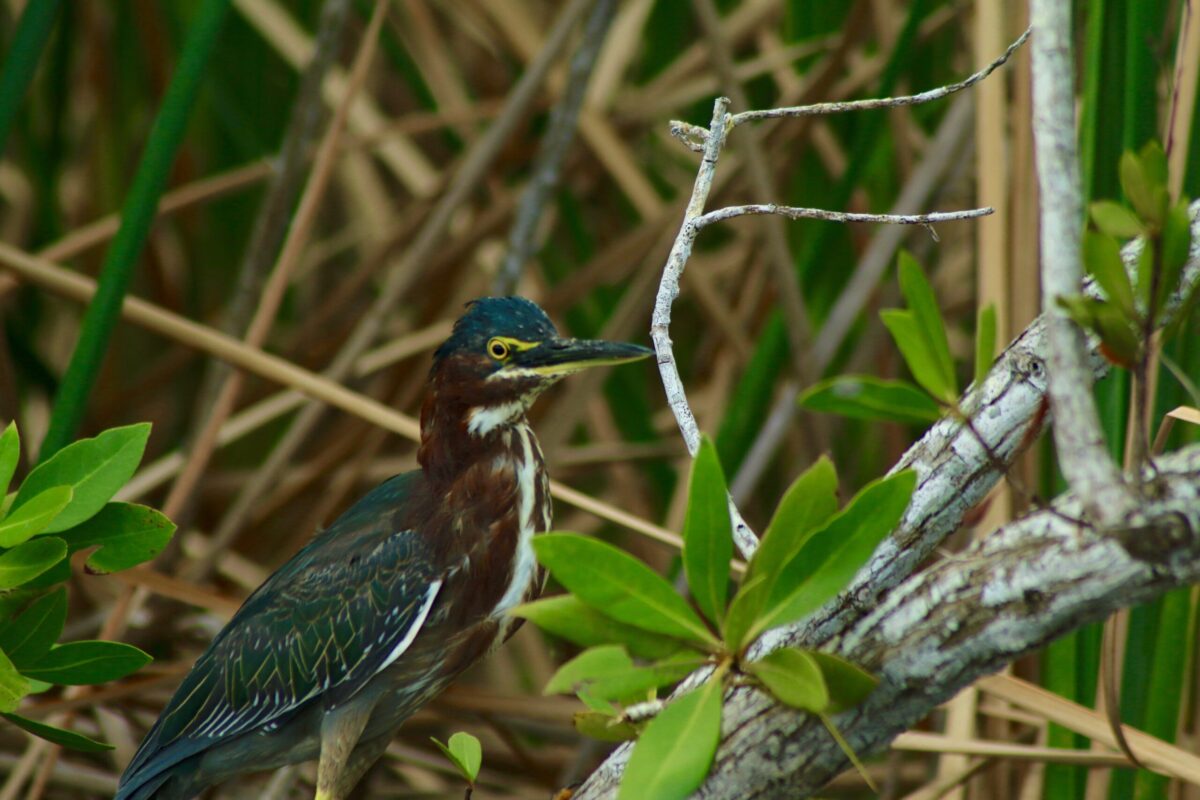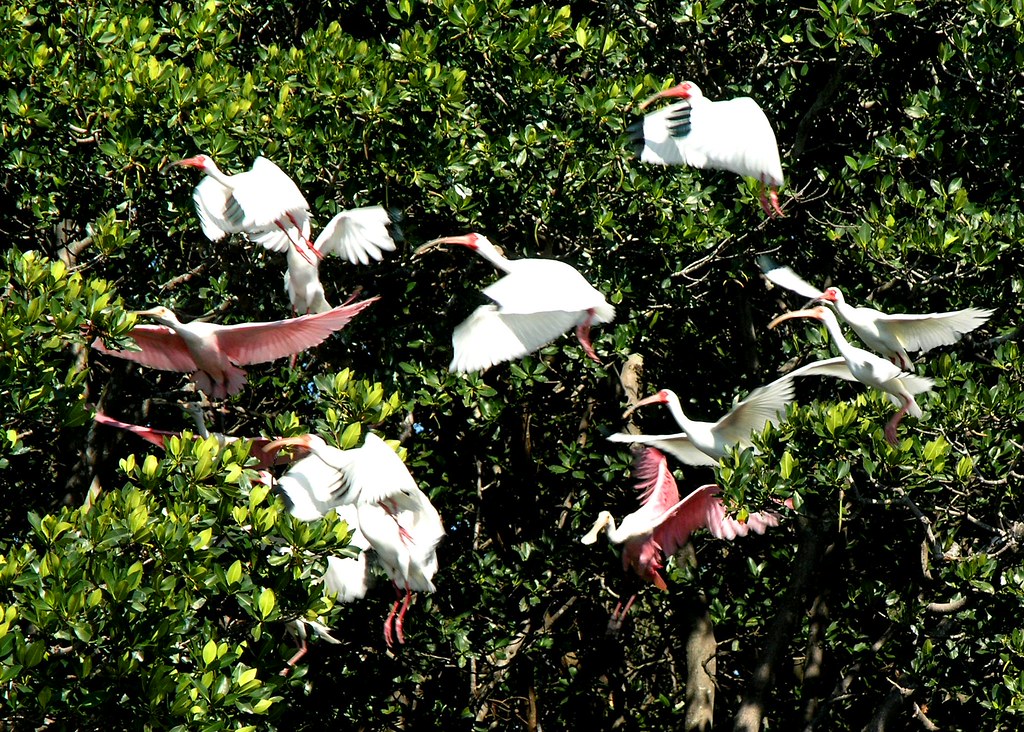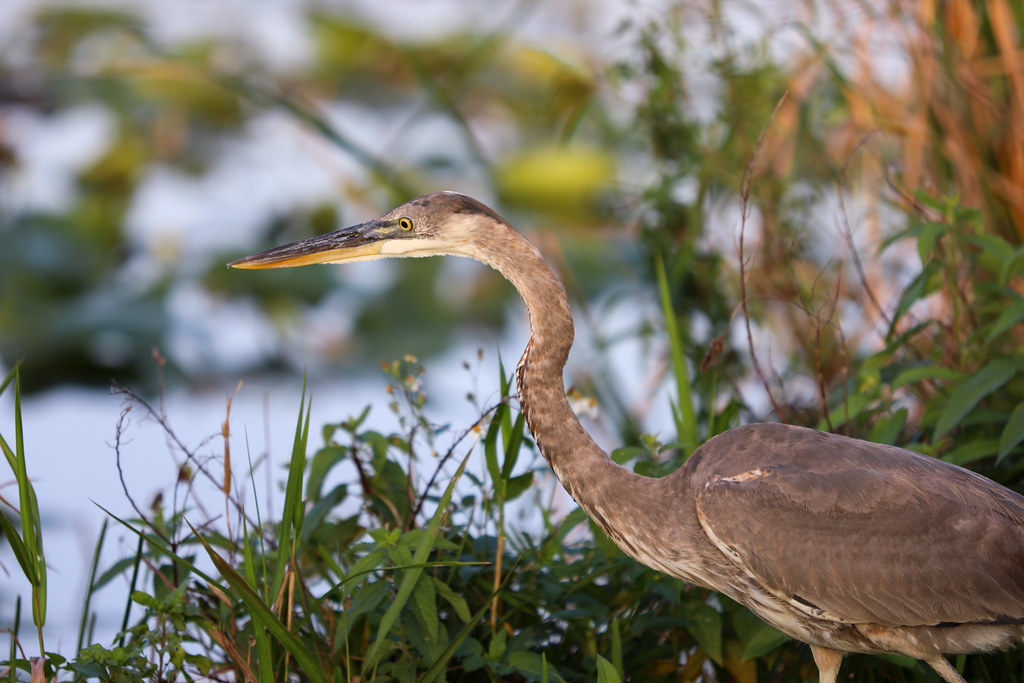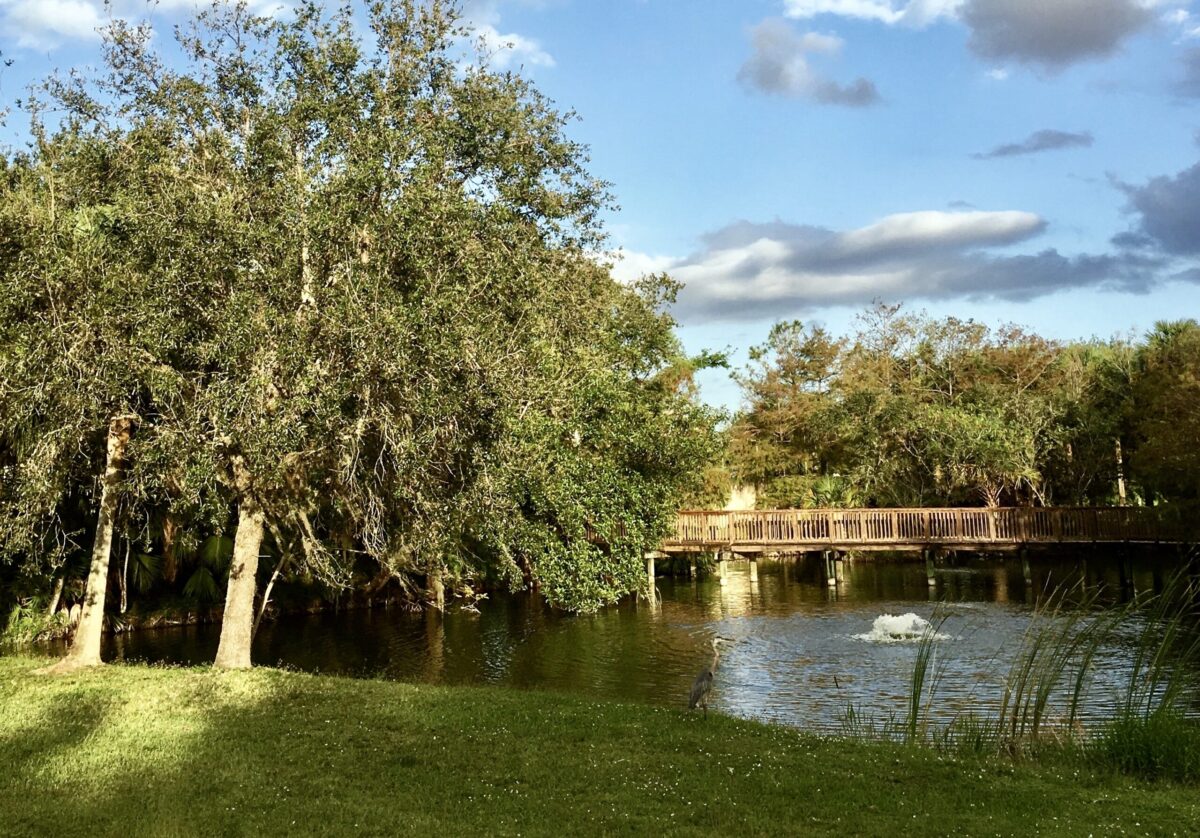
For the Birds! The Great Florida Birding Trail
If you like birds, Florida is the place for you! With warm temperatures year-round and diverse habitats throughout the state, it attracts hundreds of unique bird species. Winter in Florida is one of the best places to birdwatch in the world. Thousands of northern birds make their way down south during the winter, and they form an important part of the biodiversity of the state. Over 360 species of birds have been spotted in the Florida Everglades. Visitors from around the world visit and birdwatch. But, did you know that spring and summer are also important times in Florida for birds? Just because winter is over doesn’t mean that you won’t be able to see some beautiful examples of Florida birds. Grab your binoculars! This week, follow along as we explore the Great Florida Birding and Wildlife Trail, and learn about Florida birds in the spring and summer seasons.
What is it about Florida?
What makes Florida so perfect for birds and birders? If you recall from a previous blog post, the Everglades is a completely unique ecosystem that supports rich plant and animal life. During the dry season, many northern birds migrate down south for the winter. Mild temperatures and ecosystem diversity help attract numerous bird species. Additionally, Florida is geographically at an intersection of tropical and temperate regions. The Atlantic Flyway is a nearly 3,000 mile stretch connecting Canada to the Caribbean and South America. Almost entirely unimpeded by mountains, birds travel this route due to ample food, resources, shelter, and easy flying conditions. The peninsula is an important global migratory corridor for bird species, and links breeding sites in North America with the Caribbean, and Central and South America. Due to this, Florida is an ideal location to see a wide variety of bird species from around the world.

White Ibis & Roseate Spoonbill, NPS Photo
The Great Florida Birding and Wildlife Trail
The Great Florida Birding and Wildlife Trail is a robust network of hidden gems all over the state of Florida. A program of the Florida Fish and Wildlife Conservation Commission, “the ultimate goal of the Trail is to encourage conservation of Florida’s native habitats and species.” Stops along the trail are either premier bird viewing locations or notable educational stops about birds. There are 510 featured site locations on the trail, and it is split into four distinct trail sections: East, Panhandle, South, and West. Additionally, trail sites are broken down further and listed by county within each section. With numerous sites within each Florida county, there are more than enough opportunities for you to have a great birding adventure along the trail! Make sure to use this great Trip Planning Tool to filter by birds you want to see, amenities along the trail, and trail section.
Spring and Summertime Birds
The wintertime dry season is traditionally the best time to see the most diversity of birds in Florida. But, spring and summertime hold their own allure for birders! Spring signals a time of big change, with the shift from dry to wet season and more water on the landscape. A large number of wading birds can be seen throughout the Florida peninsula in springtime. These include great blue herons, little blue herons, egrets, ibises, roseate spoonbills, night-herons, and tricolored herons. Early spring is nesting and breeding time for these wading birds, and they are often found nesting above water to avoid predators. Wood storks also nest during this season. Land birds like songbirds, woodpeckers, cardinals, and sparrows also make themselves known in late spring and early summer. Along the Gulf Coast, plovers, terns, and the American oystercatcher nest on undisturbed portions of beach.
By the end of April, spring migration of birds from Central America and the Caribbean is in full swing. Many stunning warbler species return from their wintering locations to nest in North America. Kingbirds, thrushes, and sandpipers all also pass through in late April and into May. As spring turns into summer, many of Florida’s resident birds are more visible. Burrowing owls can be seen on farmlands and open pastures. Anhingas, green herons, ducks, and least bitterns are present in freshwater marshes and canals. Snail and swallow-tailed kites and hawks can be seen winging their way through the Everglades, and are concentrated in the more rural inland areas. If you’re lucky, raptors and birds of prey are impressive features on any Everglades adventure. Don’t miss spring and summer birding in Florida!

“swallowtail butterfly” by National Forests in Florida
Butterflies
In addition to impressive, unique bird populations, spring and summertime in Florida bring another gorgeous wildlife opportunity. Butterflies can be found almost anywhere in Florida, including beaches, forests, gardens, and marshes. Different butterflies prefer different habitats. Although they can be seen all year round, warmer, more humid weather creates the ideal conditions for butterfly season! Populations of butterflies explode as the weather becomes warmer and nectar plants begin blooming. They are cold-blooded insects, and all butterflies have four wings. They are important pollinators, and you can attract butterflies to your yard by planting certain trees, flowers, and plants they need. Along the Trail, make sure to snap pictures of any butterflies you see for later identification. You may be able to see monarchs, swallowtails, sulphers, gossamer wings, brushfoots, skippers and more!
The Ah-Tah-Thi-Ki Museum’s Boardwalk

“Great Blue Heron,” Everglades NP
The boardwalk at the Ah-Tah-Thi-Ki Museum on the Big Cypress Seminole Indian Reservation is one of 510 trail sites on the Great Florida Birding and Wildlife Trail. Winding through the cypress dome behind the Museum, it is a perfect place to get in exercise after visiting the exhibits. If you are a birder, it is also the ideal spot to see birds while on the reservation. Immerse yourself in the sights and sounds of the Everglades and keep sharp eyes and ears! Different species of wading birds, raptors, woodpeckers, and songbirds can be seen along the loop. In springtime, a handful of warbler species also pass through the area and can be spotted. A great family-friendly option, the Museum and boardwalk blend the beauty of natural Florida, culture, and history. Make sure to check out this previous blog post for all the essentials you will need to plan your trip!
A mile-long raised loop through a natural 60-acre cypress dome, the boardwalk is perfect for bird enthusiasts of all abilities. There are numerous benches to stop and rest, and it is wheel-chair friendly. Water is also available along the boardwalk. Signs with information about plants and animals (including birds!) you may see during your walk are featured throughout. In addition to the cypress dome, you can learn more about the Seminole Tribe of Florida’s culture and history along the way at the Clan Pavilion, Ceremonial Grounds, Village, and Hunting Camp. Also, before you leave the Museum make sure to check out the wildlife cameras! You can see images of wildlife in the cypress dome just before you head to the boardwalk. If you would like a more in-depth look at the Ah-Tah-Thi-Ki Museum before your visit, we explored it virtually in a previous blog post.
Birdwatching 101
Need some help to get you started birding? Here are a few tips and tricks to make you a seasoned birder in no time!
- Invest in a good set of well-fitting binoculars
- Bring along a field guide! Either a physical guide or app works, depending on your personal preference.
- Be quiet! You are less likely to scare birds off if you lower your volume. You may also be able to hear them better.
- Keep a checklist. Take notes and keep track of the birds you see. You can also use eBird, or a printable checklist of birds and butterflies found here.
- Ask a friend! If you aren’t an experienced birder, bring along a friend who has more experience. They can teach you what to look for, how to listen, and how to properly spot elusive birds.
If you’re visiting Florida this spring or summer (or even if you live here!) stopping along the Great Florida Birding and Wildlife Trail is sure to impress. While you’re taking in the natural beauty of the Everglades and all it has to offer, remember that YOU are also an important part of that ecosystem. Think critically about how you interact within those natural spaces, and be respectful and intentional with everything you do. Be mindful of any impact you may have on these delicate populations, and minimize any disturbances. When possible, give back to conservation efforts so that we can support birds, butterflies, and a healthy Florida ecosystem for many generations to come.



